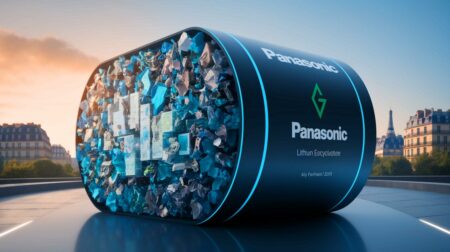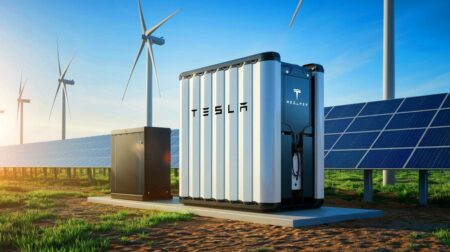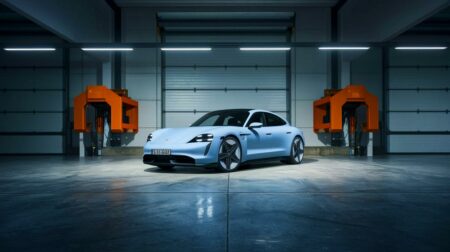Many of China’s cities are notorious for endemic air and water pollution, chronic overcrowding and highly diminished levels of livability. The central government in Beijing is trying to change that.
As part of its Greater Bay Area blueprint, Beijing is planning to connect nine cities in Guangdong province to Hong Kong and Macau so as to create a giant urban sprawl that is home to some 70 million people. At the same time, it wants the river delta to transform into a high-tech hub that allows for a greater measure of ecological conservation in the area.
The initiative follows from China’s decision to clean up the country’s badly polluted environment, at least in part. Five years ago Beijing passed new environmental laws and started forcing businesses to abide by stricter environmental regulations.
As a result, levels of smog and water pollution have been improving, although the country still has a long way to go. Needless to say, it will be a Herculean undertaking to clean up the environmental mess left after decades of wanton destruction and pollution in the cause of breakneck economic progress.
Despite declaring a war on pollution in 2014, China still isn’t winning on that front. Air pollution alone is estimated to cause 1.1 million premature deaths each year in the country, in addition to damaging large swathes of agricultural land and the natural environment.
Encouragingly, in some densely populated urban areas electric vehicles are taking the place of gas-guzzling ones, which has helped keep appalling levels of air pollution in check.
China has been by far the largest market for electric vehicles. Last year more electric vehicles were sold in the country than in the rest of the world combined. Robust sales have been boosted by Beijing’s decision to support the country’s growing electric vehicle infrastructure with continued investments, in addition to a strategic plan to favor small electric vehicles over larger gas-powered ones.
“China has 99% of the world’s 250 million electric two-wheelers. That’s nearly 100 times the total number of electric passenger cars in the world,” Quartz explains. “Starting in 1999, Beijing designated electric two-wheelers that can’t go faster than 20 km per hour (12 mph) as ‘bicycles.’ That meant they could be used without a license or registration and ridden in bicycle lanes. Next, it restricted the ownership of gasoline-powered two-wheelers in the central parts of cities.”
The city of Shenzhen alone boasts 16,000 and more than 20,000 e-taxis. Electric trains are also on the roll around the Pearl River delta. “All over the delta, you are seeing the gradual rollout of e-buses, e-vans and e-taxis,” Christine Loh, chief development strategist at The Hong Kong University of Science and Technology, told the Reuters news agency.
In a bid to make local metropolises greener and more livable, local officials and entrepreneurs alike are embracing the latest advances in green and smart technologies: self-driving e-vehicles, artificial intelligence-aided energy saving devices and renewable energy sources like solar and wind.
Simultaneously, efforts are underway to clean up badly polluted rivers by regulating industry and ensuring that toxic effluents do not continue to leach into waterways. “China is speed-fighting pollution,” Loh told Reuters.
Did you like it? 4.6/5 (27)








